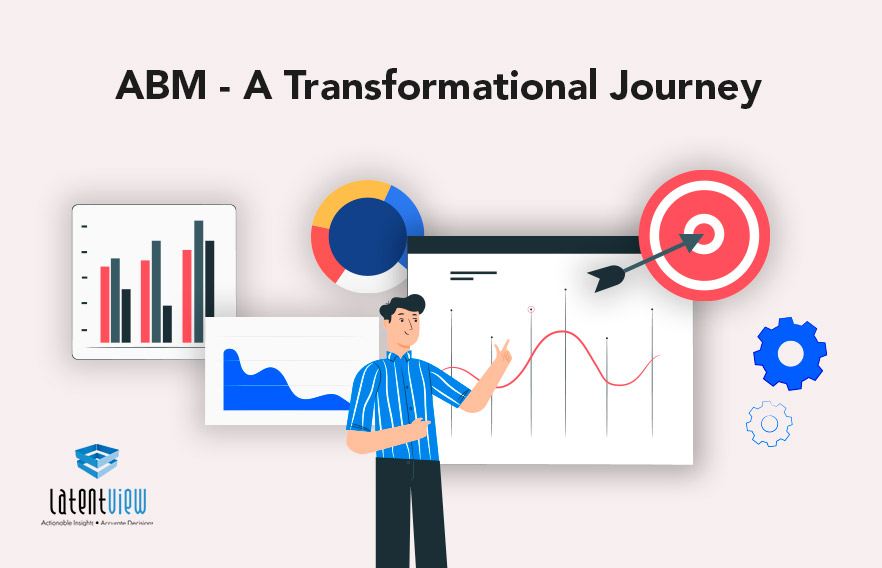“Never in the history of our organization has sales been knocking down the doors of the marketing team asking for more. The alignment is insane” – ABM Senior Manager, Snowflake
“We got three times the amount of engagement by developing personalization” – NA Head of Marketing, SAP
“With ABM, we can identify which accounts are opportunistic and drive the most revenue” – Director of ABM, DocuSign
Today, businesses create Ad campaigns to focus more on volume and brute force than targeted and effective marketing campaigns. What is the result of this? Almost 40% of the media spend is wasted due to non-targeted marketing efforts. $5.2 Billion is spent on content marketing every year, out of which $1 Billion is lost due to inefficient spending. These inefficient marketing spends can be attributed to bad targeting, unviewable ads, bounce rates, and poor conversion rates.
Account-Based Marketing (ABM) is a focused growth strategy where marketing and sales collaborate to create personalized buying experiences for mutually identified accounts by both the above departments. Some of the most important KPI’s for ABM are visitors to the website, bounce rate, sources, email submissions, downloads, social media, newsletters, other subscriptions, and firmographic data.
But tracking all the above KPI’s amidst a sea of potential customers can be a difficult job. Hence to address the issue, prioritize the accounts which bring in the most revenue to your company. As a result of this, you can have an invested client looking to partner with you on more initiatives. But how can we streamline this process of keeping your potential customer engaged with your product? By using segmentation to properly target everybody involved in the buying process. For example, the Operations department wants to see information about the product’s efficiency whereas the Finance department would be interested in the overall savings benefit. The key here is to understand the different types of content that work and attract potential customers as they move through the sales funnel.
Another useful tool within ABM is Account Behavior Score, which focuses on your potential customers by scoring them based on the various engagements over time. Google Analytics and Adobe Analytics can be used to track your customer’s journey to understand their needs better, and curate your services to show them why they should choose you. Dashboards and reports help break down the engagements to provide insights on the performance of your marketing efforts, thereby helping you understand where to place your business/marketing efforts.
ABM has taken over the B2B sector as the most desired metrics by B2B marketers. If you are facing such challenges in marketing efforts, do reach out to us, and we can tell where to place your attention!




